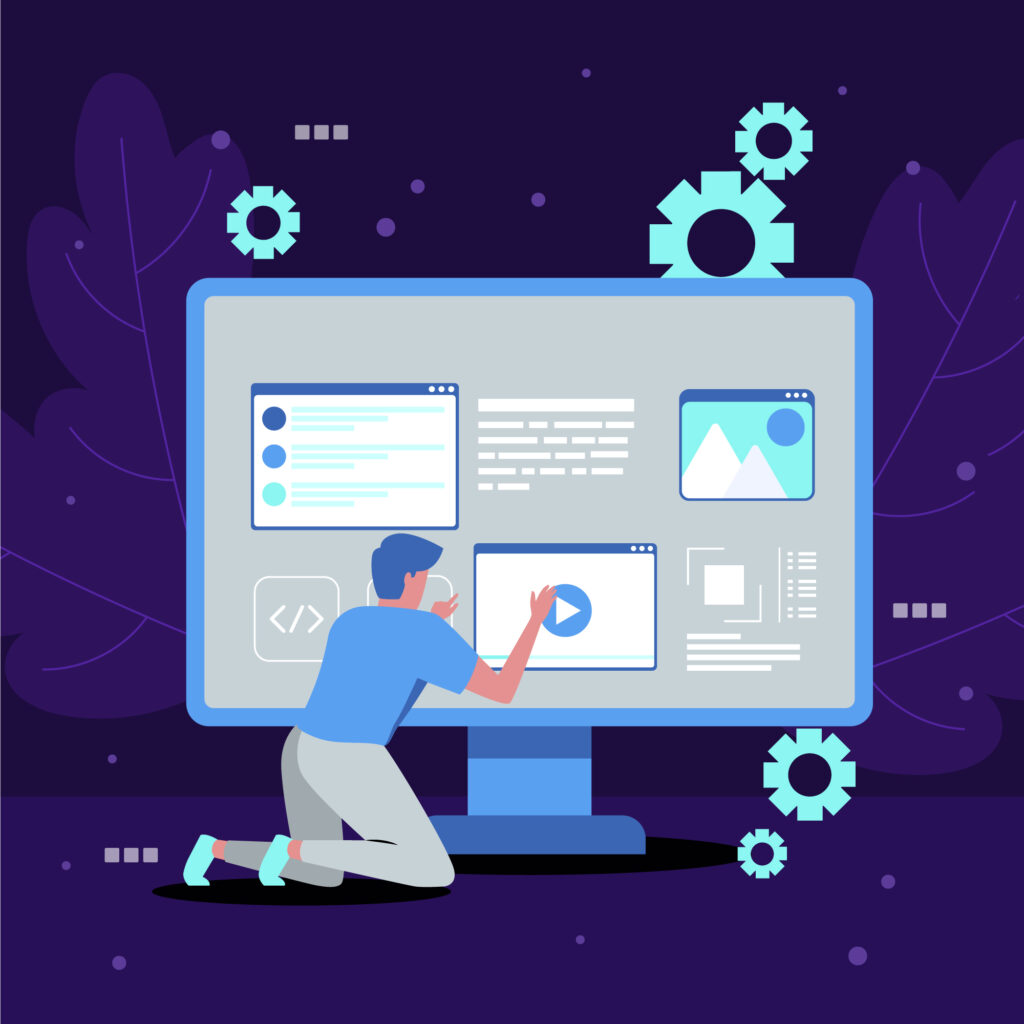


The Evolution of Operating Systems: A Historical Perspective
The history of the operating system has 4 generations. The first generation (1945-1955) only had computer systems . and that were used to perform simple mathematical operations. and also electronic computers were introduced during the 1940s. The second generation (1955-1965) introduced .the concept of a Batch operating system.
Generation of Operating System
Below are four generations of operating systems.
- The First Generation
- The Second Generation
- The Third Generation
- The Fourth Generation
The First Generation: ( 1940–1950, early)
The first electrical computer was created in 1940 without an operating system. Early computer users developed programs in machine language. exclusively for every task .and giving them total control over the system. A programmer in the computer age. but can only perform and resolve simple mathematical operations. These calculations do not require . and the use of an operating system.
Table of Contents
ToggleThe Second Generation : (1955–1965)
The first operating system (OS), called GMOSIS. was created in the early 1960s. General Motors developed the operating system for the IBM Computer. The second-generation operating system was developed on a single-stream. and batch processing system because it aggregates all related jobs . so into groups or batches and then submits them to the operating system . and using a punch card to finish them all.
The Third Generation : (1965–1980)
The third-generation operating system was built on a single stream. so batch processing system because it aggregates all similar operations into groups . and or batches and then sends them to the second generation operating system. and using a punch card to finish all jobs in a machine. Upon completion of each job. whether expected or not. and control is passed to the operating system. Before reading and beginning the next task on a punch card. and the operating system cleans up after each task is completed. After that, large, expertly handled devices known as mainframes were introduced. In the late 1965s, operating system designers succeeded in developing a new operating system. so that allowed for multi programming. or the simultaneous execution of several tasks within a single computer program.
The Fourth Generation : (1980 – Present Day)
The outcome of these PDPs is the fourth generation of personal computers. From 1980 to the present . and the Generation IV The fourth generation of operating systems has an impact on how personal computers have evolved. However, there are a lot of parallels between the personal computer . and third-generation minicomputers. Minicomputers were then just marginally more expensive than personal computers. and which were very costly.


Types of Operating System
Over the years, operating systems have changed. Before assuming its original shape, it underwent a number of modifications. The evolution of operating systems refers to these modifications to the operating system. As new technologies are developed, OS gets better. In essence, OS enhanced its functionality and power by adding new features. Let’s take a closer look at the operating system’s development year by year:
OS-free (0s to 1940s)
Systems for Batch Processing: 1940s–1950s
Systems with multiple programming (1950s–1960s)
Systems for Sharing Time – (1960s to 1970s)
GUI introduction: (1970s–1980s)
Systems Networked: 1980s–1990s
Operating Systems for Mobile Devices: (Late 1990s to Early 2000s)
AI Integration: (from the 2010s until now)

What is the historical review on the operating system?
A deck of punched cards was employed as the initial operating system in mainframe computers. The abbreviation for the earliest operating system that may be known today is CP/M, which stands for Control Program/Monitor. With the text-based operating system CP/M, users could instruct computers to execute tasks by entering text commands.
Who is the father of operating system?

